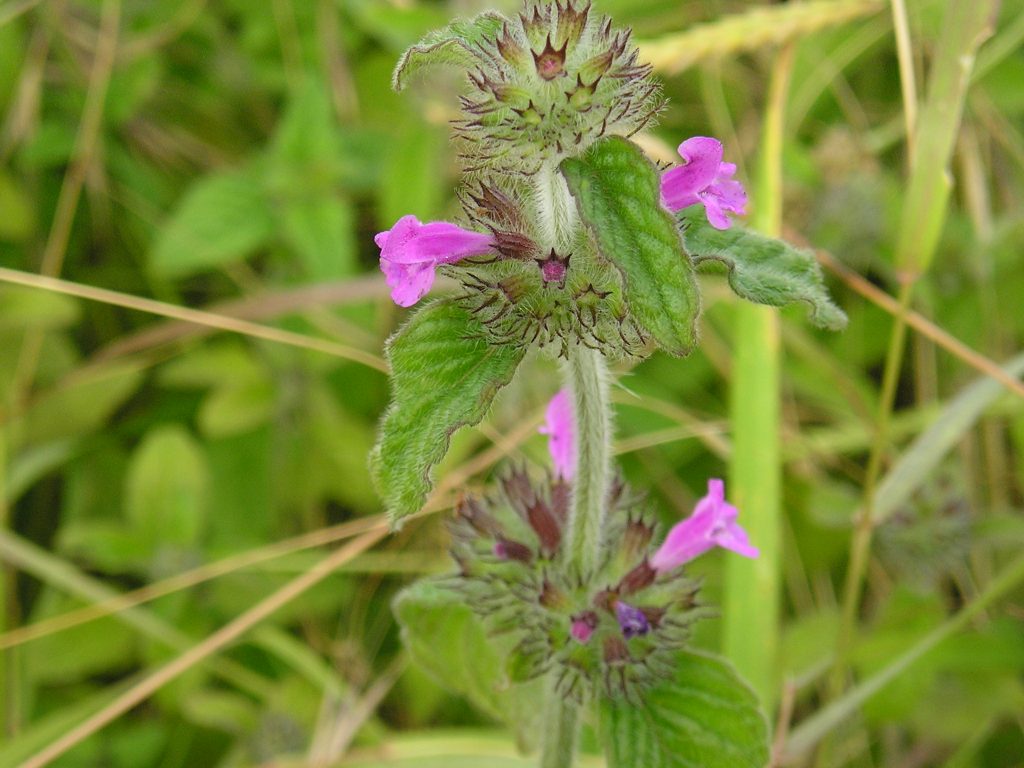Wild Basil Seeds

Wild Basil -clinopodium vulgare
– grows best in dry grassland and is well suited to chalk and limestone soils on sites where there is plenty of sunlight. It has a variety of other habitats including woodland edges, rough grassland and bare open ground. In garden settings, Wild Basil plants can be introduced into a sunny border, or wildflower meadows on poorer soils. Wild Basil attracts a broad range of insects such as Bees, Butterflies and Ladybirds. It is usually a low growing species with pink flowers that appear in July and August. Wild Basil looks best growing with other chalk and limestone plants that flower in early to mid-summer such as Kidney Vetch, Wild Thyme, Wild Marjoram, Greater Knapweed, and Small Scabious.
How to grow Wild Basil from Seed:
Wild Basil seeds should be sown in autumn, either outside, where they are to flower, or in seed trays and covered lightly with compost. The seedlings, can be pricked out and grown on, for planting out later in the year.
RHS Perfect for Pollinators.
The RHS Perfect for Pollinators mark is only given to plants that support pollinating insects in gardens. Bees, butterflies, moths, hoverflies and many others visit flowers to feed on nectar and pollen; while doing so they transfer pollen and increase seed set and fruit development. Find out more at: rhs.org.uk/plants
To buy Wild Basil seeds
Please click here to purchase Wild Basil seeds. To ensure the best chance of success, we sell all of our wildflower seeds by weight, which ensures each wildflower seed packet contains a good quantity of seeds. The recommended sowing rate is 1 gram per square metre, and the number of Wild Basil seeds per gram is approx. 2500. All of our Wildflower seed packets contain seeds of Native British provenance.